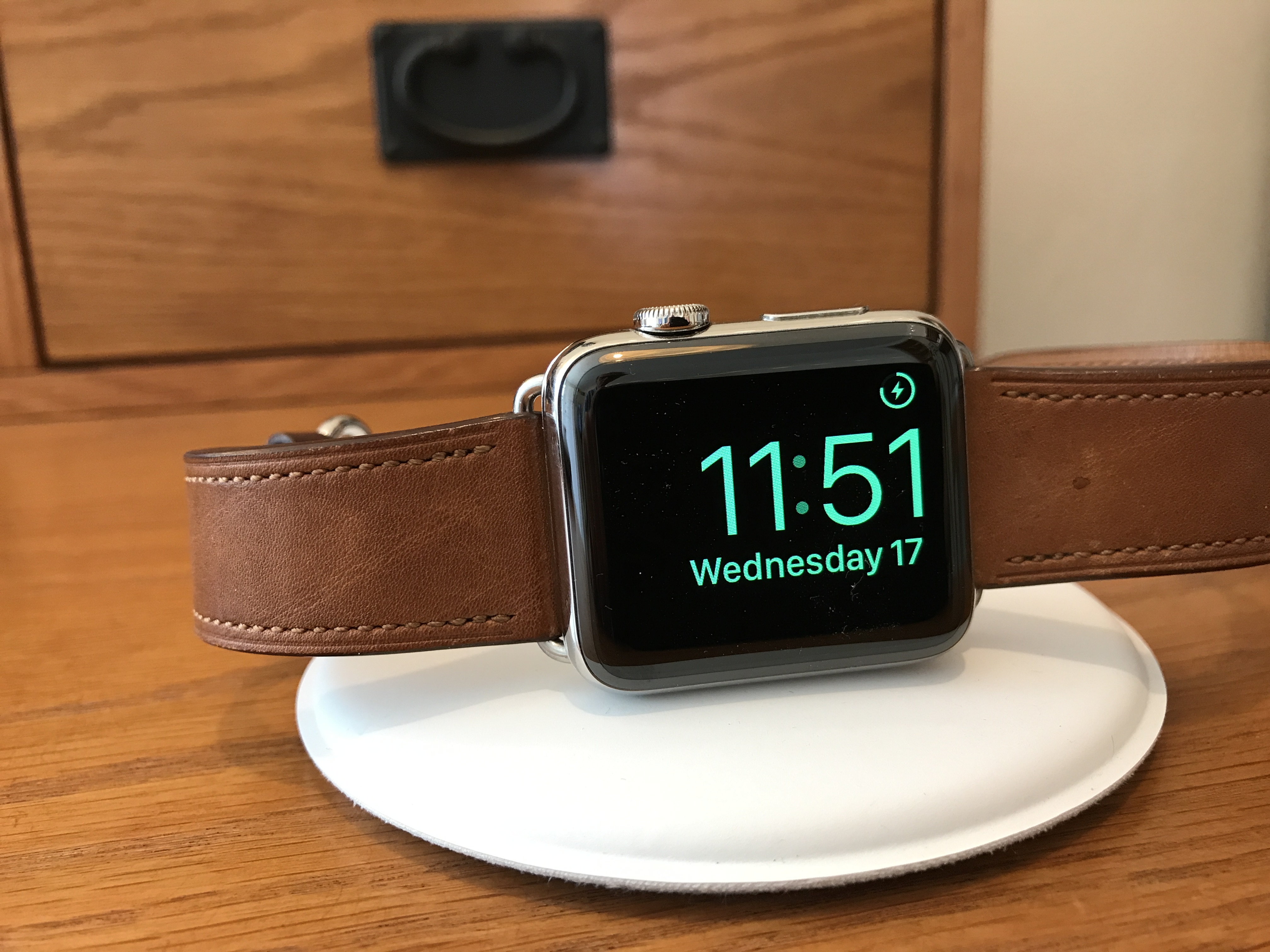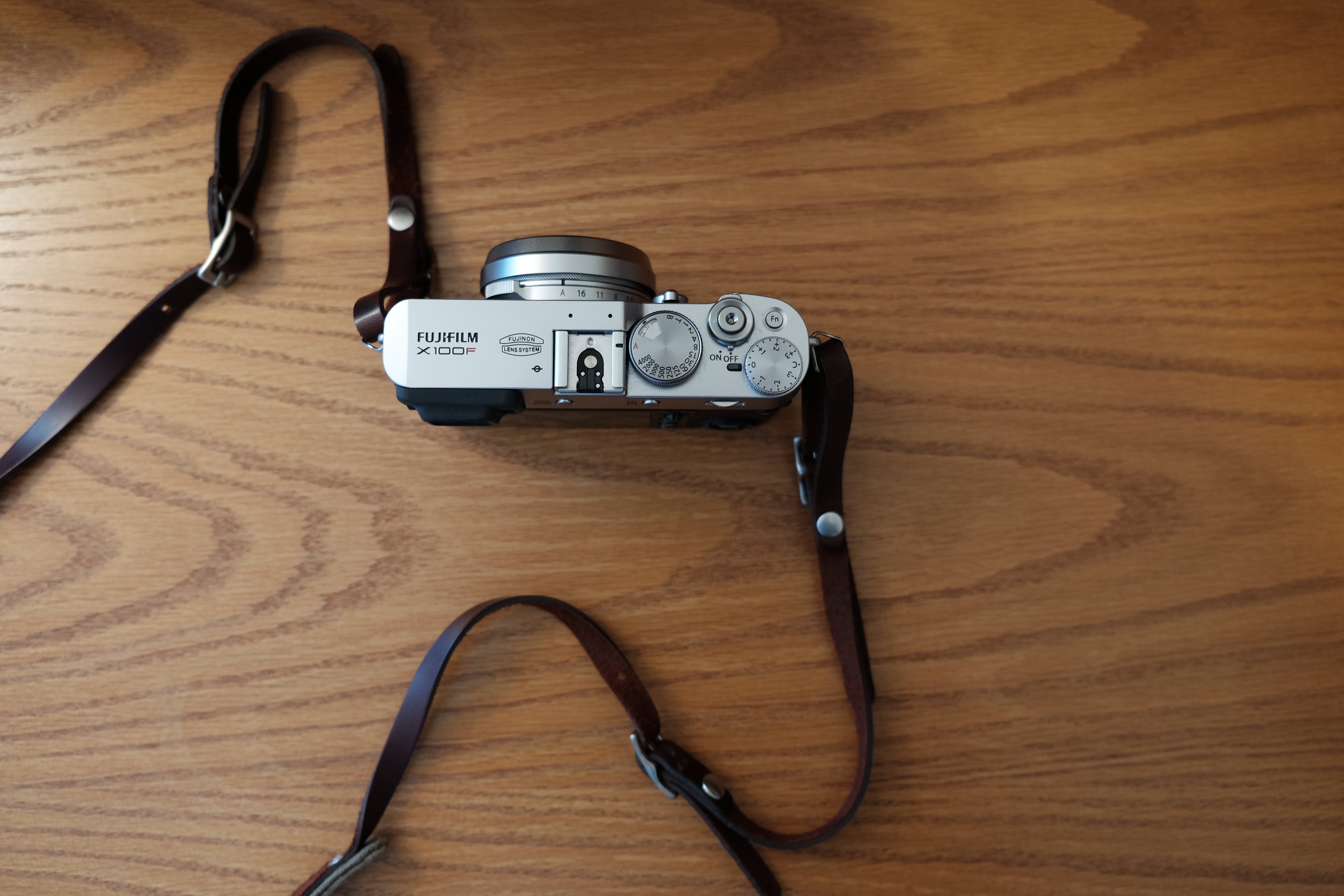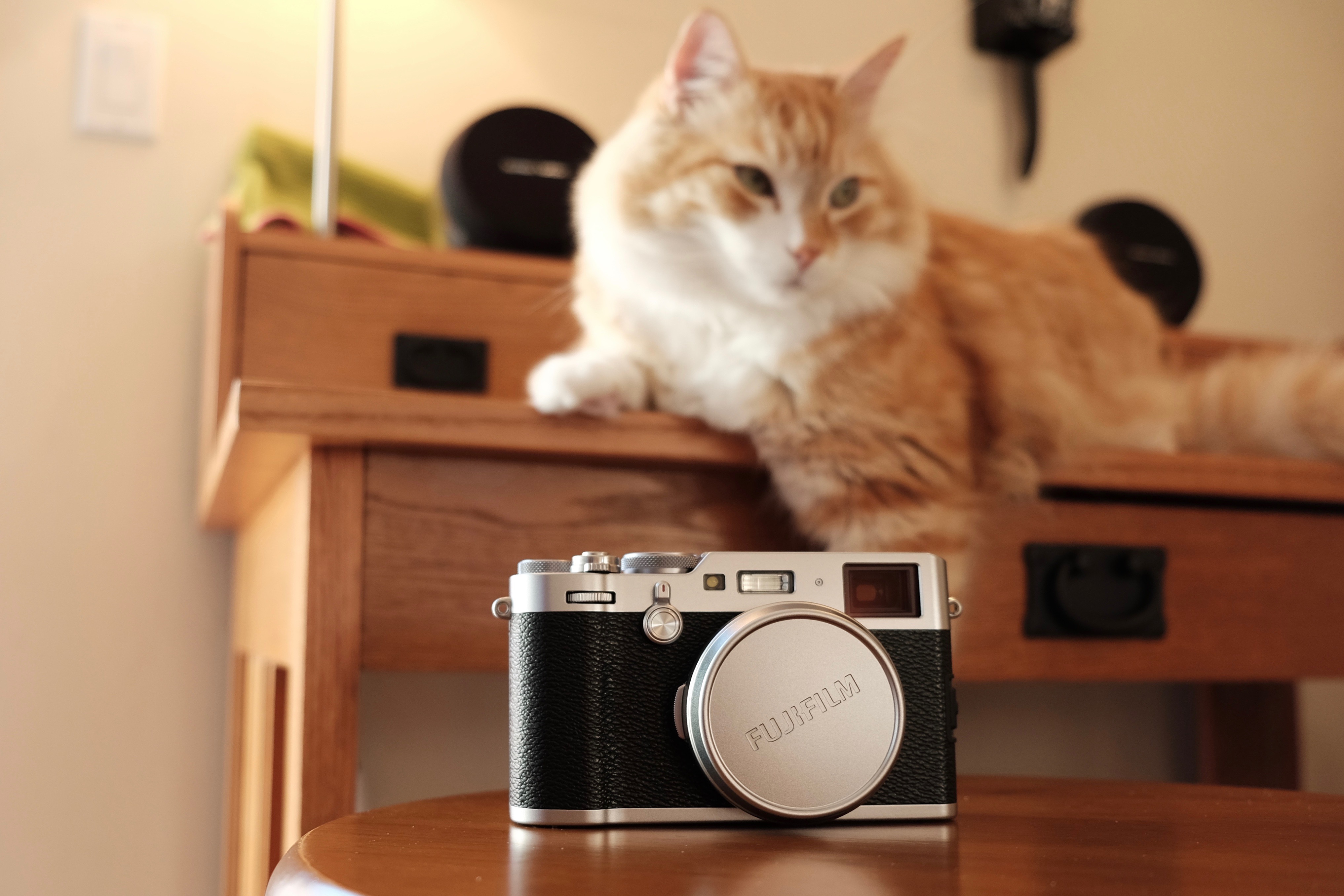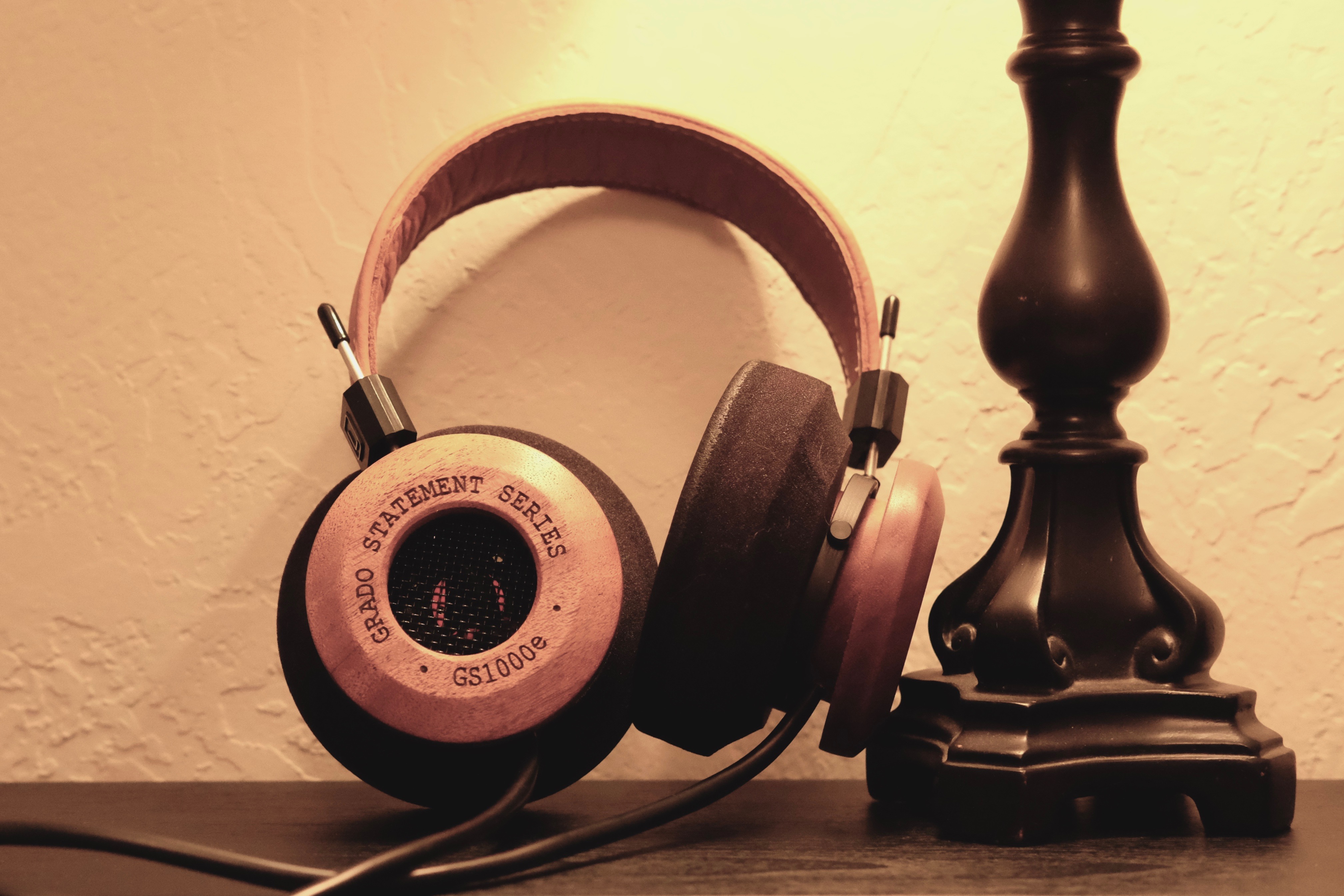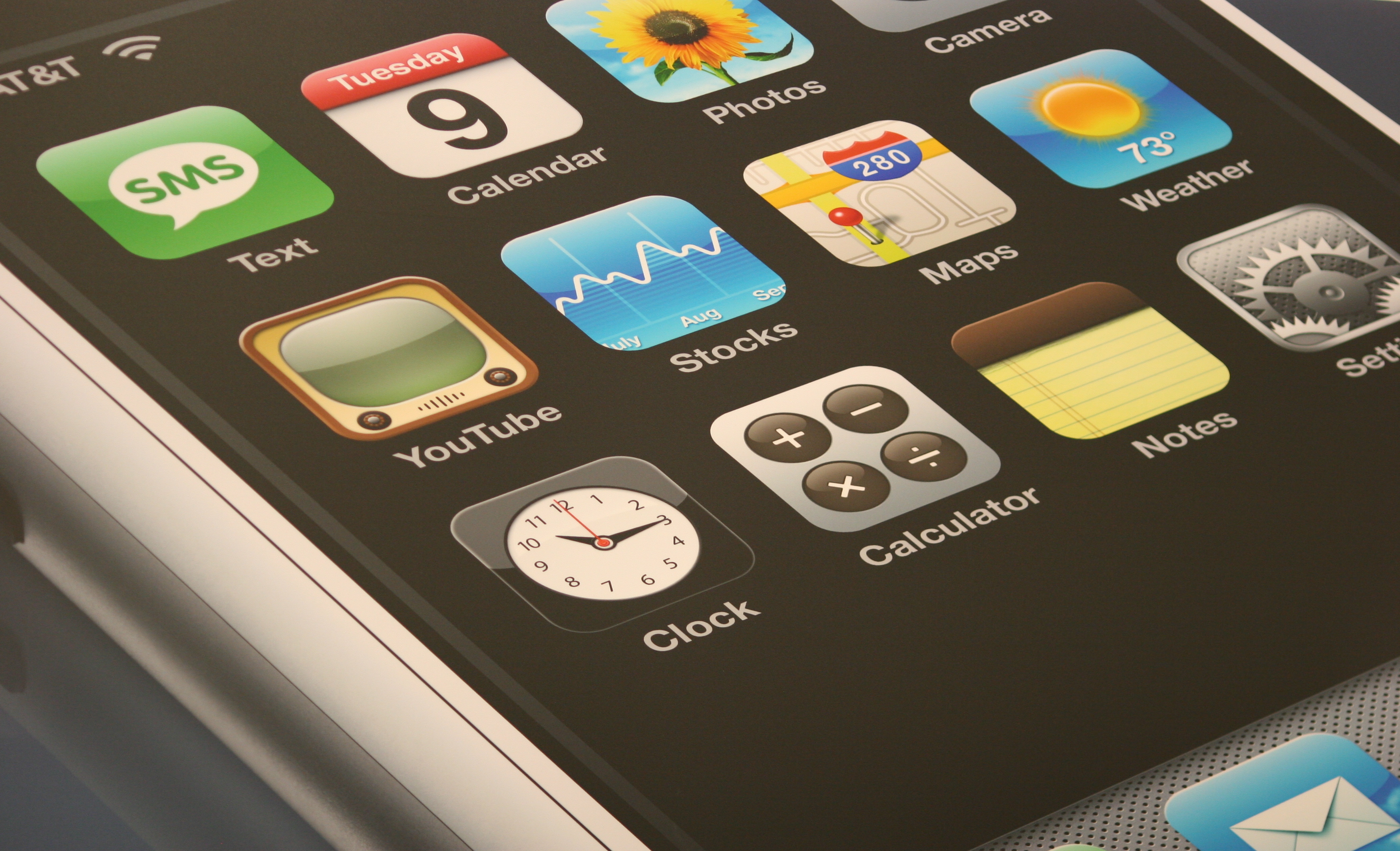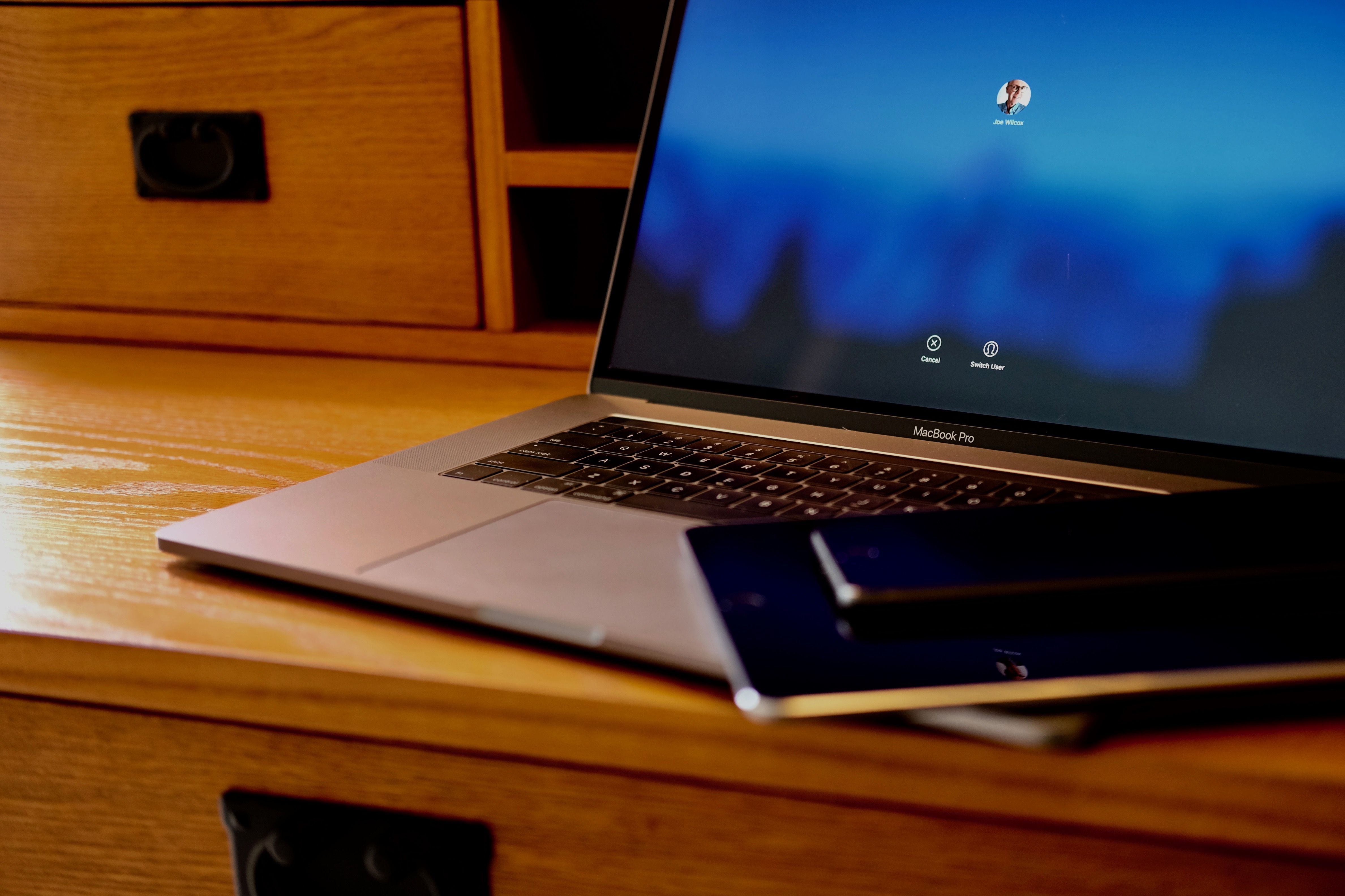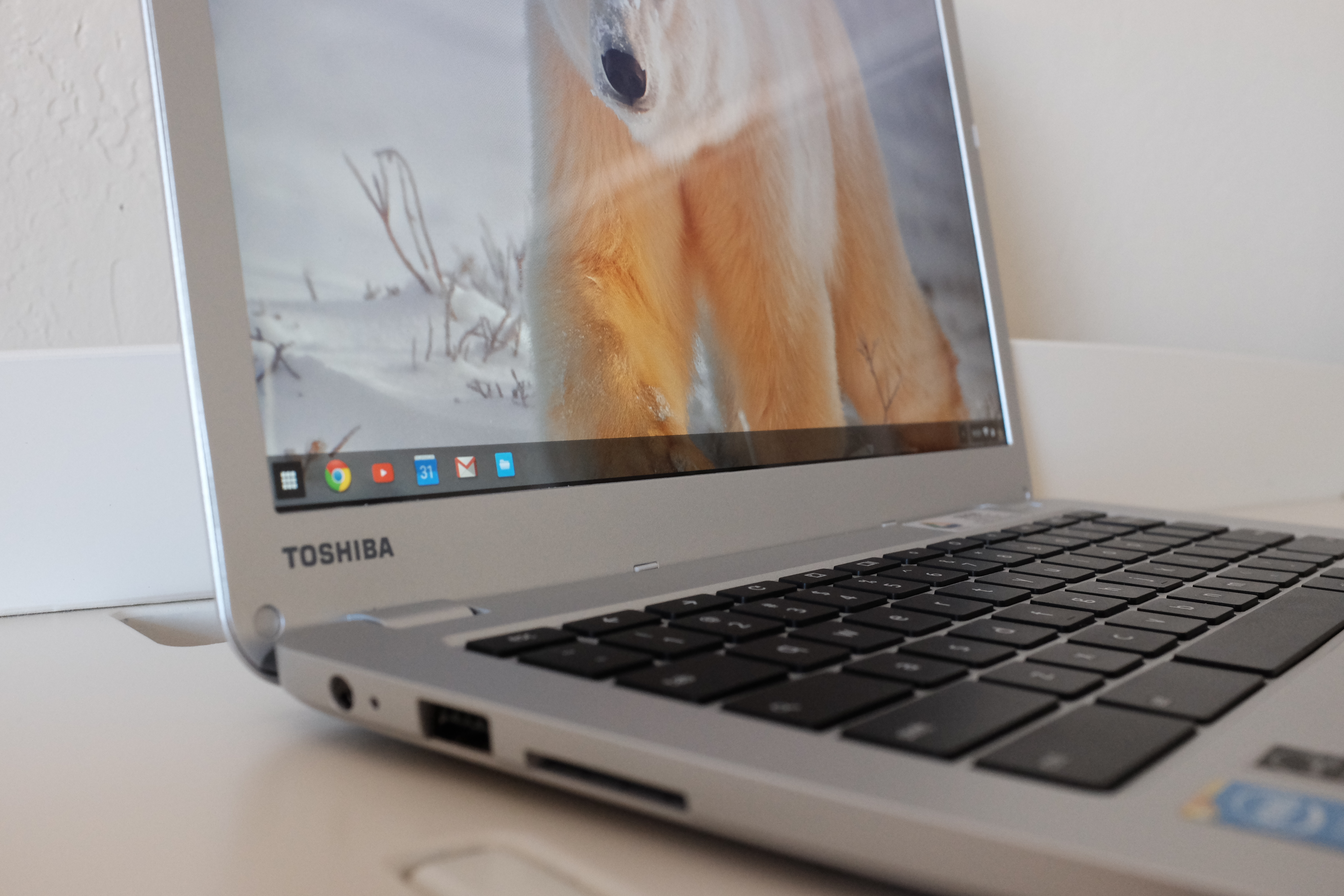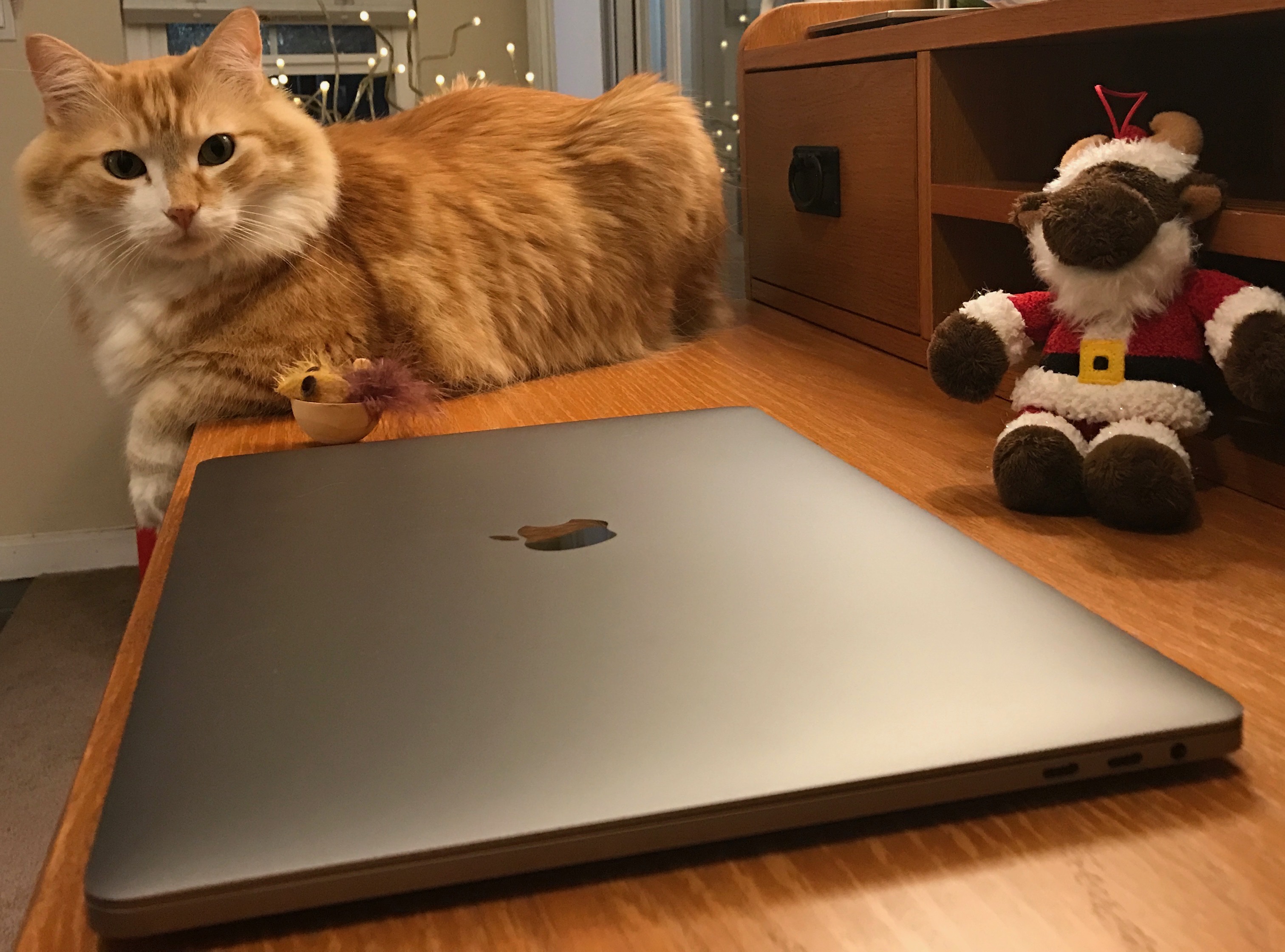I am in process of completing a review of the Moto Z Force Droid, which is a Verizon Wireless exclusive. This afternoon, I shot some nectaring bee photos with the smartphone and iPhone 7 Plus for comparison. My wife and I went on a walk with both devices, stopping at what we affectionately call the Butterfly House. The residence is a mini-wildlife refuge for Monarchs, hummingbirds, and other flying things; oh, and chickens, too.
The Featured Image comes from the Droid, which packs a 21-megapixel camera. Vitals: f/1.8, ISO 50, 1/465 sec, 4.51mm; 3:01 p.m. PDT. However, the image is only 16MP because the default setting, which I neglected to check, is 16:9 rather than 4:3. No matter, focus is spot on, IQ high, bokeh beautiful, and color accurate. I’m pleasantly surprised.

